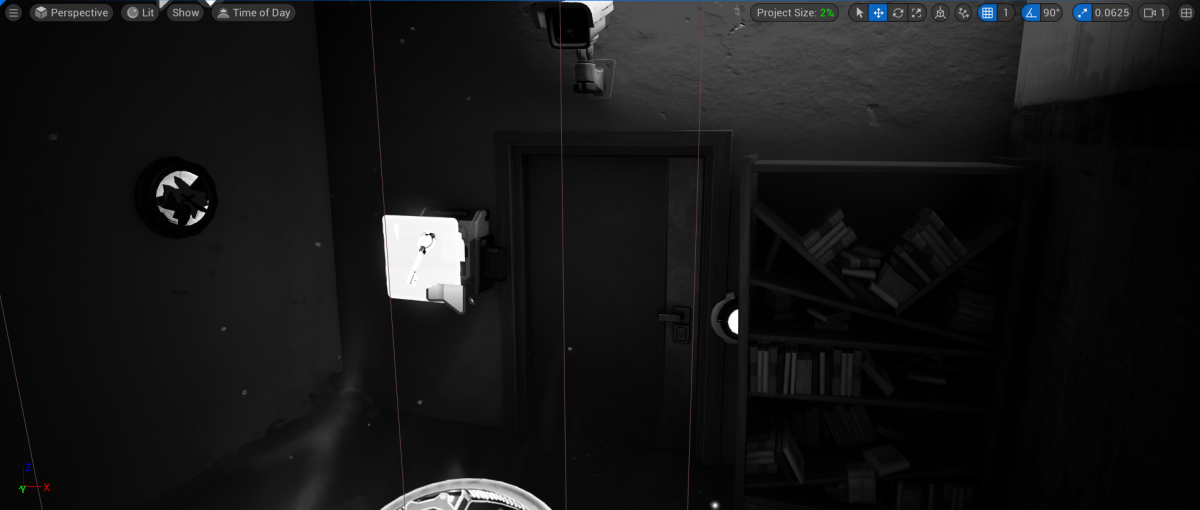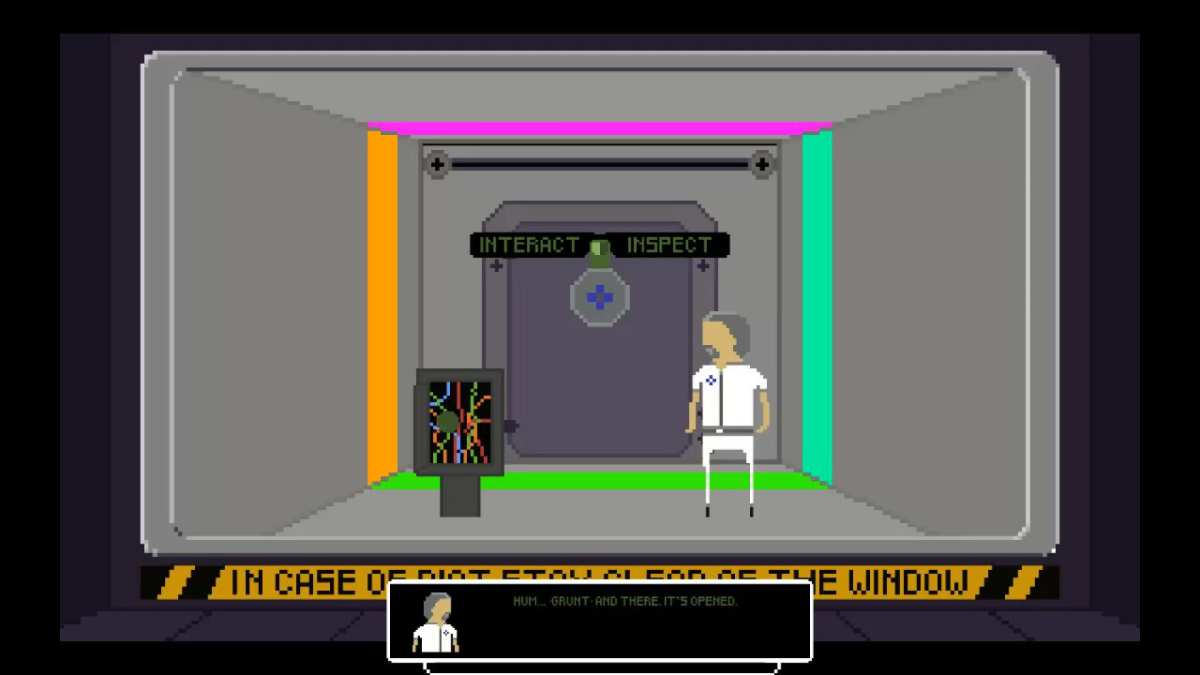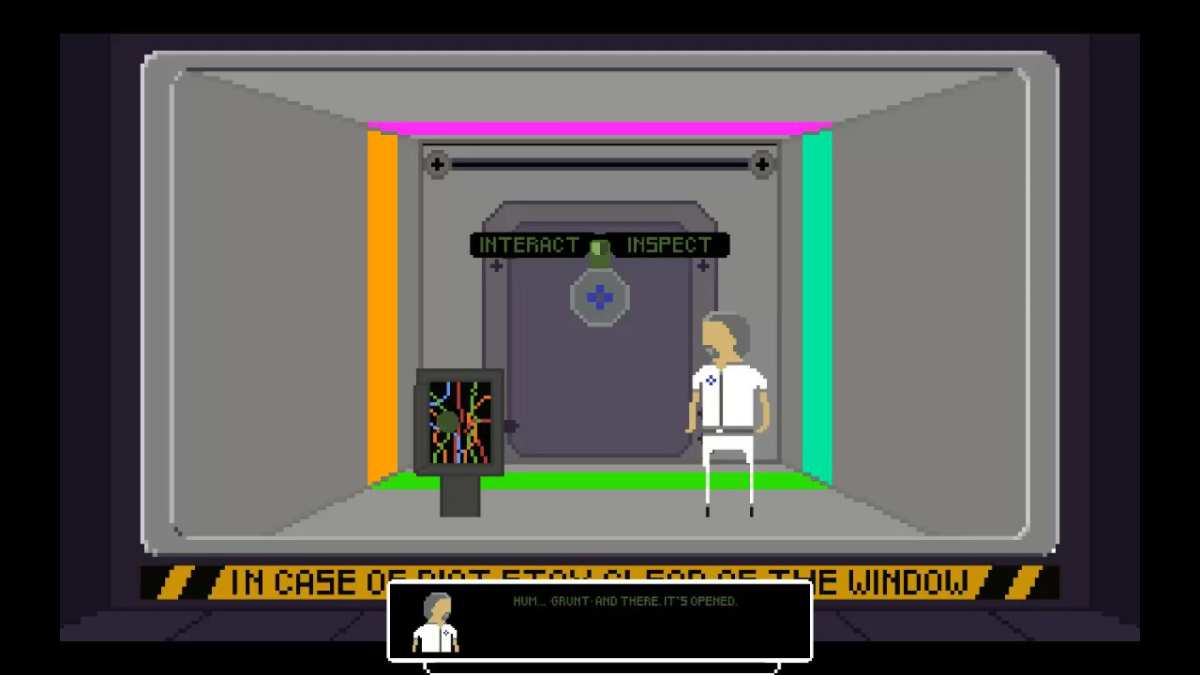Breakout game, a seemingly simple concept, boasts a rich history and surprising depth. From its humble beginnings as an arcade classic to its modern iterations, the core gameplay loop of breaking bricks with a bouncing ball has captivated players for decades. This exploration delves into the mechanics, design considerations, and cultural impact of breakout games, showcasing their enduring appeal and potential for future innovation.
We’ll cover everything from the fundamental mechanics and design principles to the evolution of popular titles and the exciting possibilities offered by emerging technologies. We’ll examine how game balance, power-ups, and innovative features contribute to a compelling and replayable experience. Get ready to smash some bricks and learn about the enduring legacy of the breakout game!
Breakout games, with their addictive brick-breaking gameplay, are a classic. Thinking about strategy in these games reminds me of the fascinating centipede game , where calculated risks are key to survival. Both games, despite their differences, share a need for quick reactions and smart planning to achieve victory; mastering the paddle in Breakout is just as crucial as navigating the centipede’s path.
Breakout Game Overview
Breakout games, a classic arcade genre, involve using a paddle to bounce a ball and break bricks. This seemingly simple premise offers surprisingly deep gameplay, balanced challenge, and endless design possibilities. Their history stretches back to the early days of video games, evolving from simple designs to complex, visually stunning titles.
Defining “Breakout Game”
A breakout game is characterized by its core mechanics: a player-controlled paddle at the bottom of the screen, a ball that bounces off the paddle and bricks, and a wall of bricks that must be destroyed. The goal is typically to eliminate all the bricks before running out of balls. Early examples, like the seminal Breakout (1976) by Atari, established this formula.
Modern iterations often add power-ups, varied brick types, and complex level designs to enhance the experience.
Breakout Game History and Genre Comparisons

The genre’s evolution shows a clear progression from simple, single-screen games to titles featuring multiple levels, diverse power-ups, and sophisticated physics. Breakout games share similarities with other genres like Arkanoid and Puzzle Bobble, but distinguish themselves through their core mechanic of a bouncing ball and destructible bricks. Unlike puzzle games that focus on strategic planning, breakout games emphasize quick reflexes and precise timing.
Game Mechanics and Design
The success of a breakout game hinges on careful design of its mechanics, balancing challenge, and rewarding player skill. This involves thoughtful consideration of level design, power-ups, and overall game flow.
Simple Breakout Game Level Design
A simple level might feature a paddle of width 80 pixels, a ball speed of 2 pixels per frame, and a brick layout forming a pyramid shape. Bricks could be arranged in rows of decreasing length, with stronger bricks (requiring multiple hits to break) placed strategically. Color-coding bricks to indicate strength would enhance visual clarity.
Game Balance in Breakout Games
Game balance is crucial. Factors like ball speed, paddle size, brick durability, and the number of available balls directly influence difficulty. A well-balanced game provides a gradual increase in challenge, preventing frustration while maintaining engagement. Consider implementing difficulty scaling based on player performance, adapting to their skill level.
Power-Ups and Their Impact, Breakout game
Power-ups add depth and variety. Examples include: larger paddles for improved control, faster balls for quicker brick elimination, and multi-ball power-ups for increased destruction potential. Strategically placing power-ups within levels encourages exploration and strategic gameplay.
Breakout Game Mechanics Variations
| Mechanic | Variation 1 | Variation 2 | Variation 3 |
|---|---|---|---|
| Ball Speed | Constant | Increases over time | Adjustable via power-ups |
| Brick Durability | Single-hit destruction | Multiple-hit destruction | Bricks with different strengths |
| Paddle Control | Fixed speed | Variable speed | Paddle size changes |
| Power-ups | Random drops | Strategic placement | Timed power-ups |
Popular Breakout Games and Their Success
Several breakout games have achieved significant popularity due to innovative mechanics, compelling visuals, and engaging gameplay. Analyzing their success provides valuable insights into design principles.
Successful Breakout Games and Reasons for Popularity
Arkanoid, known for its diverse level designs and power-ups, captivated players with its engaging gameplay and challenging levels. Breakout‘s simplicity and addictive nature contributed to its lasting legacy. Alleyway, a variation for handheld devices, proved the genre’s adaptability.
Visual Styles in Breakout Games
Breakout featured simple, minimalist graphics. Arkanoid introduced more detailed visuals and character animation, increasing visual appeal. Modern breakout games utilize sophisticated graphics and effects to enhance immersion and engagement. Consider the use of vibrant colors and dynamic effects to create a visually engaging experience.
Breakout games are all about clever strategies and quick reactions, right? Think about how you’d plan your shots – it’s similar to thinking about the best angle for a puffing camera to get that perfect shot through swirling fog or smoke. You need precision and timing, just like in a breakout game to hit that last brick! Mastering the angles is key in both cases.
Innovative Mechanics and Features
Arkanoid introduced the concept of “Vaus,” a special paddle that could change shape and orientation, adding strategic depth. Some modern games incorporate physics-based mechanics or puzzle elements to enhance gameplay.
Breakout Game Development Considerations

Creating a successful breakout game involves careful planning and execution, from core gameplay to visual design. Consideration of collision detection, scoring systems, and level design is crucial.
Designing the Core Gameplay Loop
1. Initialize game objects (paddle, ball, bricks).
2. Handle player input (paddle movement).
3.
Update ball position based on velocity and collisions.
4. Detect collisions between ball and bricks, paddle, and walls.
5. Update game state (brick destruction, score, lives).
6. Check for win/lose conditions.
7. Repeat steps 2-6 until game ends.
Implementing Collision Detection

Collision detection can be implemented using bounding boxes (simple rectangles around game objects) or more complex methods for precise collision points. Efficient collision detection is essential for smooth gameplay. Checking for overlaps between the ball’s bounding box and those of bricks or the paddle determines collisions.
Scoring and Progression Systems
A simple scoring system awards points for each broken brick, with bonus points for chain reactions or quick clearances. Progression could involve moving to more challenging levels with increased brick density and complexity. Consider incorporating a star rating system based on player performance.
Creating a Visually Appealing Environment
Visual appeal is important. Consider using high-quality graphics, engaging animations, and background effects to enhance immersion. Experiment with different color palettes and visual styles to create a distinct aesthetic.
The Future of Breakout Games
The breakout game genre has the potential for significant innovation and revitalization. Emerging technologies and creative design could lead to fresh and engaging experiences.
Potential Innovations and New Mechanics
Incorporating physics-based puzzles, destructible environments, and dynamic level generation could add complexity and replayability. Implementing procedural generation could create an almost infinite number of unique levels. Adding cooperative or competitive multiplayer modes would further expand the genre’s appeal.
Concept for a Unique Breakout Game
A breakout game set in a futuristic cityscape, where bricks represent corrupted data structures and the ball is a digital virus. Power-ups could be represented by hacking tools or software upgrades. The art style could be a blend of cyberpunk and pixel art.
Emerging Technologies and Breakout Games
VR/AR could significantly enhance the breakout experience by creating immersive environments and interactive gameplay. Imagine a VR breakout game where the player physically interacts with the game world, or an AR game overlaying the gameplay onto the real world.
Last Word
The breakout game genre, despite its seemingly simple premise, offers a surprisingly deep well of design possibilities. From classic arcade titles to modern interpretations incorporating new mechanics and technologies, the genre continues to evolve and engage players. By understanding the core mechanics, design considerations, and the history of successful games, developers can create compelling and innovative experiences that build upon the enduring legacy of this classic game type.
So grab your paddle, get ready to bounce, and explore the endless possibilities of the breakout game!
Key Questions Answered
What makes a breakout game unique?
The combination of simple controls, strategic gameplay, and satisfying visual feedback sets breakout games apart. The progressive challenge and potential for high scores contribute to their addictive nature.
Are there any modern breakout games?
Yes! Many modern games incorporate breakout mechanics or build upon the core concept with new twists and features. Look for games that incorporate power-ups, unique brick types, or innovative level designs.
How difficult is it to make a breakout game?
Breakout games are all about quick thinking and clever strategies, right? Sometimes, planning your escape involves understanding the nuances of your “uniform,” like knowing what a dress coat meaning implies about your character or the level’s context. This knowledge can unlock hidden clues or even a shortcut to victory in your breakout game adventure!
The core mechanics are relatively straightforward, but creating a well-balanced and engaging game requires careful consideration of game balance, difficulty progression, and visual design.
Can I make a breakout game myself?
Absolutely! Many game development engines offer resources and tutorials to help you create your own breakout game. Start with a simple prototype and gradually add features as you progress.
